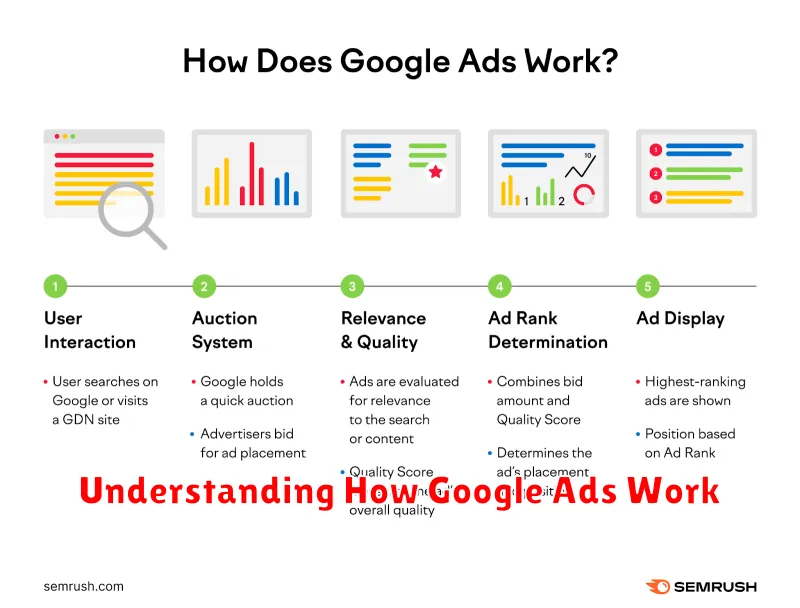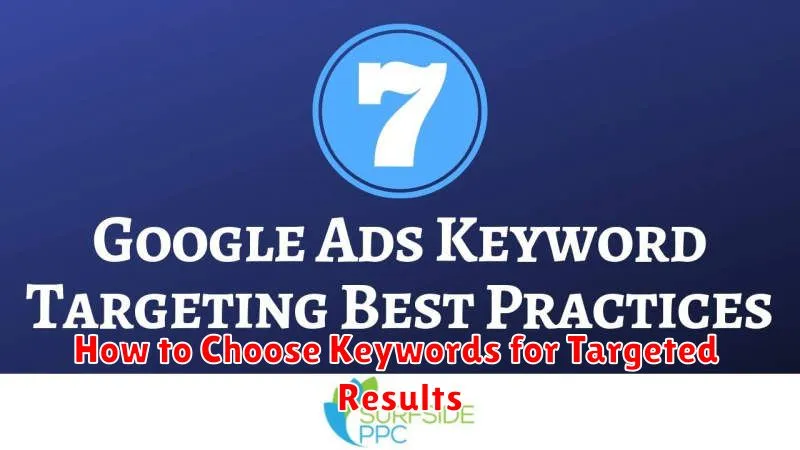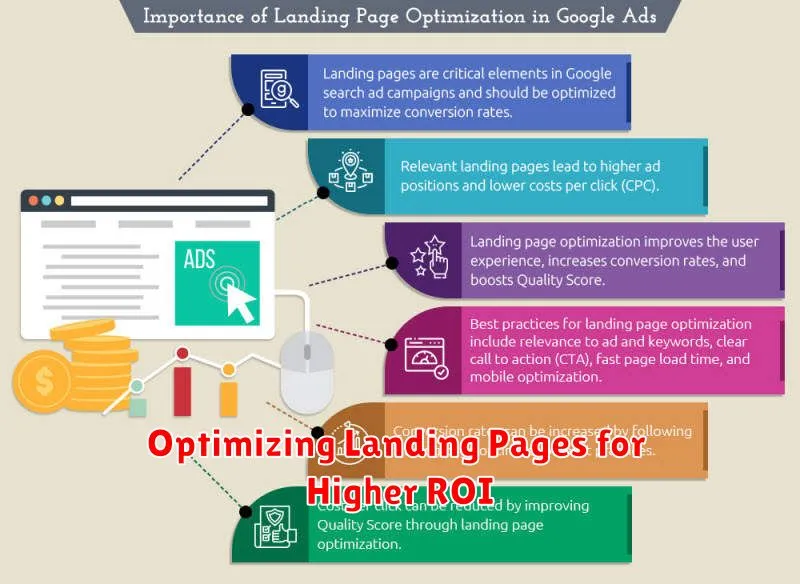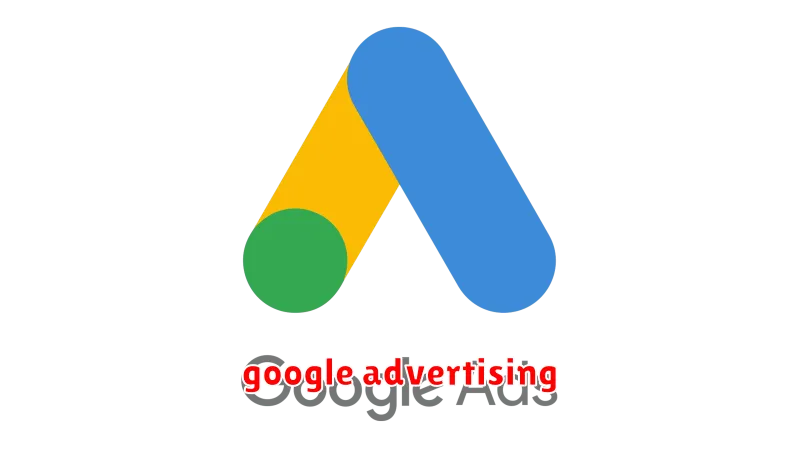Are you a beginner looking to leverage the power of online advertising? This comprehensive guide, Google Ads for Beginners: How to Get Started, will equip you with the fundamental knowledge and practical steps to launch your first successful Google Ads campaign. Learn how to create effective Google Ads, manage your budget, target your ideal audience, and track your results. We’ll cover everything from setting up your Google Ads account to optimizing your campaigns for maximum return on investment (ROI). Discover the secrets to mastering Google Ads keywords, bidding strategies, and ad copywriting for optimal performance. Prepare to unlock the potential of pay-per-click (PPC) advertising and transform your business with the power of Google Ads.
Understanding How Google Ads Work

Google Ads, formerly known as Google AdWords, is an advertising platform where businesses pay to have their ads displayed on Google’s search engine results pages (SERPs) and across its network of partner websites. It’s a pay-per-click (PPC) system, meaning you only pay when someone clicks on your ad.
The system works through a bidding process. Advertisers bid on keywords—specific words or phrases related to their products or services. When someone searches for those keywords, Google’s algorithm determines which ads to show based on several factors including the bid amount, the quality score of your ad (how relevant and engaging your ad is), and the user’s location and search history.
Your quality score is crucial. A higher quality score can lead to lower costs and a better ad position. It’s influenced by factors like ad relevance (how well your ad matches the user’s search), expected click-through rate (CTR) (how likely people are to click your ad), and landing page experience (how user-friendly your website is after someone clicks your ad).
Google Ads offers various campaign types to target specific audiences and achieve different goals, such as Search campaigns (ads appearing on Google search results), Display campaigns (ads appearing on websites within the Google Display Network), and Video campaigns (ads shown on YouTube and other video platforms). Each campaign requires careful keyword research, ad copywriting, and budget management for optimal results.
Setting Up Your First Campaign Step-by-Step
Creating your first Google Ads campaign involves several key steps. First, you need a Google Ads account. Sign up and verify your account information.
Next, define your campaign goals. Are you aiming for website traffic, leads, or sales? This will guide your campaign settings.
Choose your campaign type. Options include Search, Display, Video, or Shopping, each serving different purposes and audiences. For beginners, a Search campaign is often a good starting point.
Set your budget and bidding strategy. Determine how much you’re willing to spend daily or monthly and select an automated or manual bidding approach. Start with a small budget to test your campaign’s effectiveness.
Define your target audience. Use keywords, demographics, location, and other targeting options to reach the right customers. Keyword research is crucial here.
Create your ad copy. Write compelling ad text that clearly communicates your value proposition and includes a strong call to action. Test multiple variations.
Finally, launch your campaign and monitor its performance. Track your key performance indicators (KPIs), such as clicks, impressions, and conversions, to optimize your campaign for better results.
How to Choose Keywords for Targeted Results

Choosing the right keywords is crucial for successful Google Ads campaigns. Your keywords determine which users see your ads, so selecting the most relevant ones is key to maximizing your return on investment (ROI).
Start by brainstorming relevant keywords related to your products or services. Consider what terms your target audience might use when searching online. Think about different variations, including synonyms, related terms, and long-tail keywords (longer, more specific phrases).
Use keyword research tools to identify high-volume, low-competition keywords. These tools can provide data on search volume, competition, and related keywords. This helps you focus on terms that are both popular and achievable to rank for.
Organize your keywords into ad groups. Group similar keywords together to create targeted ad copy. This improves the relevance of your ads and improves your Quality Score, which impacts your ad ranking and cost.
Regularly monitor and adjust your keyword selection. Track your campaign performance and identify keywords that are underperforming or not delivering the desired results. Remove ineffective keywords and add new ones based on your findings. This iterative approach is essential for continuous optimization.
Creating Effective Ads That Convert
Creating effective Google Ads requires a strategic approach. Keywords are fundamental; research relevant terms your target audience uses to find products or services like yours. Targeting is crucial; utilize Google’s options to reach the right demographics, locations, and interests. This ensures your ad is seen by those most likely to convert.
Your ad copy must be compelling. Highlight the unique selling proposition (USP) of your product or service – what makes it stand out? Use strong call-to-actions (CTAs) that are clear and concise, such as “Shop Now” or “Learn More.” Keep it brief and focus on the key benefits for the user.
Ad extensions enhance your ads by providing additional information, such as location, phone number, or sitelinks. These improve visibility and click-through rates. Regularly monitor and analyze your ad performance using Google Ads’ reporting tools. Track metrics like click-through rate (CTR), conversion rate, and cost-per-acquisition (CPA) to optimize your campaigns and improve ROI.
A/B testing is essential for continuous improvement. Experiment with different headlines, descriptions, and CTAs to identify what resonates best with your audience. By consistently refining your approach based on data, you can maximize the effectiveness of your Google Ads and achieve higher conversion rates.
Setting Budgets and Bidding Strategies
Setting your budget and bidding strategy are crucial steps in your Google Ads campaign. Your budget determines how much you’re willing to spend daily or monthly on your ads. Start with a realistic budget based on your marketing goals and available resources. You can adjust this later as you learn more.
Your bidding strategy dictates how much you’re willing to pay for each click or conversion. Google Ads offers various options, including:
- Manual CPC (Cost-per-click): You set your bids manually for each keyword.
- Automated bidding strategies: Google automatically manages your bids to optimize for clicks, conversions, or other goals. These include options like Maximize Conversions, Target CPA (Cost-per-acquisition), and Target ROAS (Return on Ad Spend).
For beginners, starting with an automated bidding strategy is often recommended, as it simplifies the process and can lead to better results. However, understanding your target CPA or ROAS is essential to set these up effectively.
Regularly monitor your campaign performance and adjust your budget and bidding strategy as needed. Experiment to find what works best for your business and your target audience. Tracking key performance indicators (KPIs) like click-through rate (CTR) and conversion rate will guide your optimization efforts.
Optimizing Landing Pages for Higher ROI

A high-converting landing page is crucial for a successful Google Ads campaign. It’s where potential customers land after clicking your ad, and its design directly impacts your return on investment (ROI).
Relevance is key. Ensure your landing page content directly aligns with the ad copy and keywords used in your Google Ads campaign. A mismatch leads to high bounce rates and low conversions.
Clear Call to Action (CTA): Use strong, concise CTAs that clearly tell visitors what you want them to do (e.g., “Sign Up Now,” “Shop Now,” “Learn More”). Make them visually prominent.
Mobile Optimization: A significant portion of Google Ads traffic comes from mobile devices. Your landing page must be responsive and optimized for various screen sizes to ensure a seamless user experience.
Fast Loading Speed: Slow loading times lead to frustrated users and higher bounce rates. Optimize images and code for faster page load speeds.
A/B Testing: Continuously test different elements of your landing page, such as headlines, CTAs, and images, to identify what works best and maximize conversions. Data-driven optimization is critical for improving ROI.
By focusing on these key areas, you can significantly improve your landing page performance and achieve a higher ROI on your Google Ads investment.
Tracking Campaign Performance with Google Analytics
Once your Google Ads campaigns are running, Google Analytics is crucial for understanding their effectiveness. It provides detailed insights beyond what Google Ads itself offers.
Connecting Google Ads and Google Analytics is the first step. This allows you to attribute conversions and website traffic directly to your ads. This connection is usually automated if you use Google’s marketing platform, but it’s important to verify it’s working correctly.
Within Google Analytics, you can track key metrics such as: website traffic (sessions, users), conversion rates (how many visitors complete desired actions), bounce rate (percentage of visitors leaving after viewing only one page), and average session duration. Analyzing these metrics will illuminate which campaigns are performing best and which need optimization.
Campaign-level data within Analytics allows for granular analysis. You can segment data by campaign, ad group, keyword, and even individual ads to pinpoint areas of strength and weakness. This information is invaluable for refining your bidding strategies and ad copy.
Regular monitoring is key. Don’t just set up Google Analytics and forget it; consistently review your data to identify trends, adjust your campaigns based on performance, and maximize your return on investment (ROI).
Avoiding Common Mistakes in Paid Search Advertising
Launching a successful Google Ads campaign requires careful planning and execution. Avoiding common pitfalls is crucial to maximizing your return on investment (ROI). One frequent mistake is neglecting keyword research. Thorough research ensures your ads target relevant searches, improving click-through rates and conversions. Ignoring this step leads to wasted budget on irrelevant clicks.
Another critical error is creating low-quality ad copy. Compelling ad copy needs to be concise, relevant, and persuasive, highlighting the unique selling proposition (USP) of your product or service. Vague or generic ads fail to capture user attention and won’t drive conversions.
Failing to set a proper budget is another common issue. Starting with a budget too small limits your reach and visibility, while overspending can quickly drain resources without adequate results. Begin with a realistic budget and optimize it based on performance data.
Tracking and analyzing your campaign’s performance is essential. Regular monitoring of key metrics like click-through rate (CTR), conversion rate, and cost-per-acquisition (CPA) allows for timely adjustments and optimization. Neglecting this aspect prevents identifying underperforming keywords or ads and hinders improvement.
Finally, many beginners make the mistake of ignoring negative keywords. These are words or phrases that are irrelevant to your business and should be excluded to prevent your ads from showing up for searches that won’t lead to conversions. This ensures your budget is used more efficiently.

